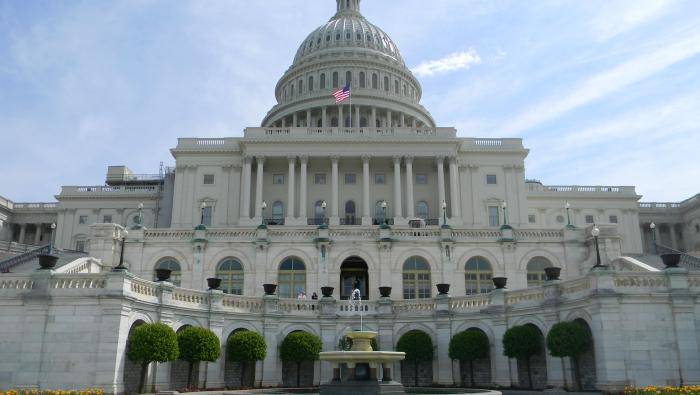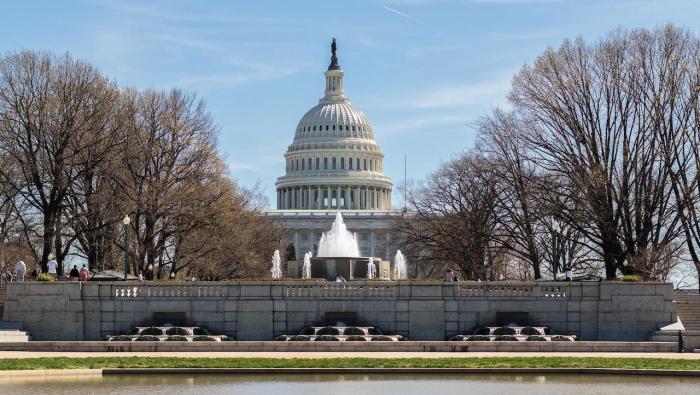The FAA has launched two rulemakings that the agency said are designed to pave the way for development of civil supersonic aircraft. The first involves proposed noise certification for supersonic aircraft and the second is a clarification of procedures required to obtain special flight authorization to conduct supersonic flight-testing in the U.S. Neither rulemaking will rescind the current prohibition of supersonic flight over land without special FAA authorization, the agency added.
It is working in concert with the International Civil Aviation Organization Committee on Aviation Environmental Protection on noise and emissions standards for future supersonic aircraft, as well as collaborating with other national aviation authorities.
Part 36 noise certification regulations apply only to subsonic aircraft, the FAA said, adding rulemaking is necessary to establish the technological and economic basis for noise levels appropriate for supersonic aircraft. The agency is in the process of gathering data and information for the proposed rules and expects to publish proposed rulemakings next year.
These efforts, the agency says are “part of the Department of Transportation’s priority on innovation in transportation,” as well as the FAA’s continual efforts to ensure the U.S. is keeping pace with the latest scientific, technological, and environmental advancements.
Civilian commercial supersonic travel has been for the most part non-existent in the U.S. since the retirement of the Concorde in 2003. But the FAA notes that “lighter and more efficient composite materials, combined with new engine and airframe designs, may offer the potential for introduction of a viable SST.” Work is now ongoing on multiple fronts to advance supersonic travel, with aircraft projects under way within various companies, as well as research at NASA.
The FAA efforts come as Congress has drafted measures calling on the agency to work with the international community on potential means to foster development of supersonic travel.






